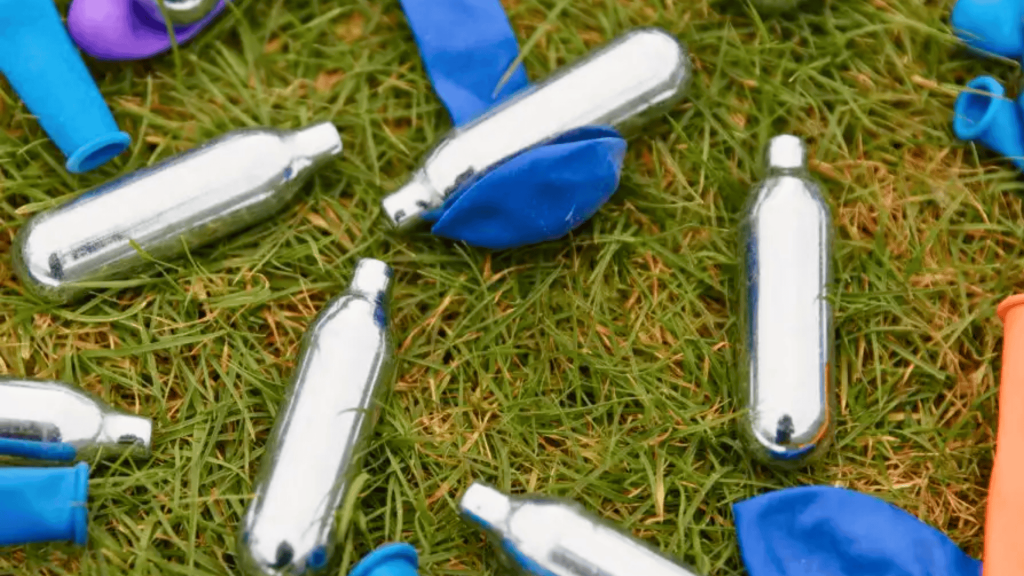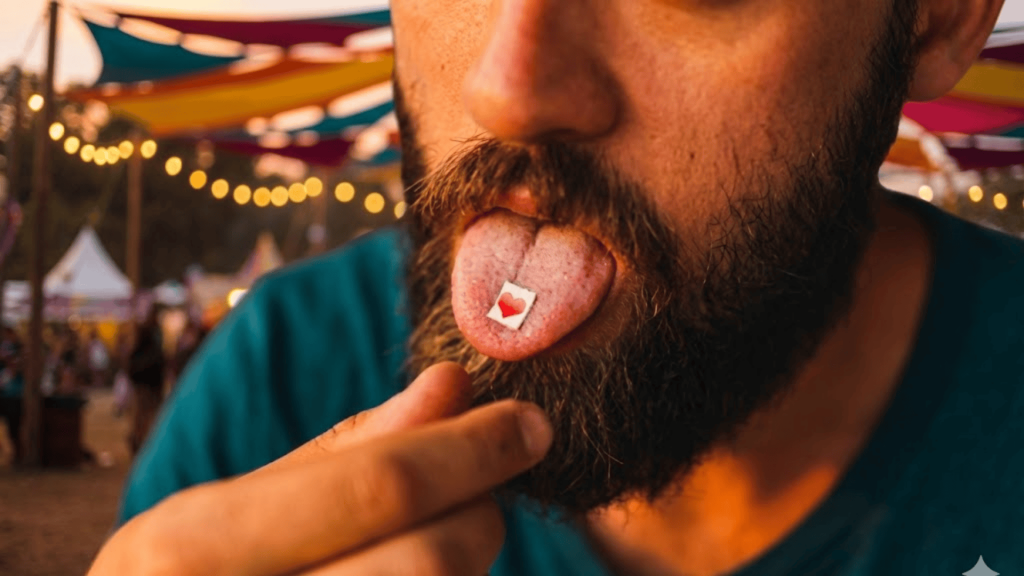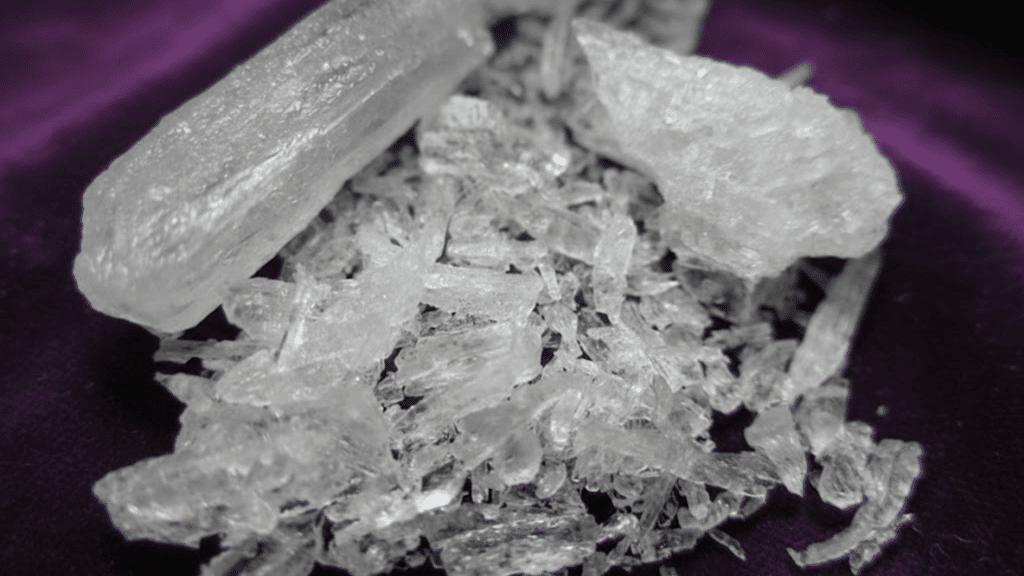You may have heard about Nitrous Oxide, also called “laughing gas” or “whippets”, as something light-hearted, fun, maybe a party trick.
In medical settings, it’s used safely, but when people inhale it for a quick high, the risks get ignored. So here’s the big question: can laughing gas really be addictive?
In this article, I’ll walk you through how it works, whether it can hook someone, what signs to watch for, and the real health risks.
I’ll also cover why it’s so easy to dismiss and what you can do if you, or someone you care about, needs help. My goal is to give you clear, evidence-based info so you can make smart choices.
This article is for informational and educational purposes only. It is not intended to diagnose, treat, or replace professional medical advice.
What is Nitrous Oxide and How It Works
Let’s start simple: nitrous oxide is a colourless gas that’s been used for decades in surgery and dentistry to ease pain and induce relaxation. In small, controlled doses, it’s safe and effective.
When it’s used for fun, by inhaling the gas from cartridges or balloons, it works differently. Here’s how I see it:
- The gas displaces part of the oxygen you breathe in, so your brain and body get less oxygen for a moment.
- It also affects brain chemistry, especially by blocking certain receptors (NMDA receptors) and boosting the release of dopamine and natural opioids, those “feel-good” chemicals.
- The result: a short burst of euphoria, giddiness, altered perception, maybe giggles or lightheadedness.
Because those effects are fast and strong, it appeals to people looking for a quick “high.” But the brain + body changes here matter. What starts as fun can shift if you do this often.
Is Nitrous Oxide Addictive?
So, is nitrous oxide addictive? The short answer: yes, it can be, and this is what’s often referred to as NOS addiction.
While it doesn’t cause the same physical dependency as opioids or alcohol, it can still create powerful psychological cravings that are hard to break.
Psychological vs. Physical Addiction
- Psychological addiction: You keep using because you want the feeling: cravings, the rush, escape.
- Physical addiction: Your body depends on the substance to function normally, and stopping causes withdrawal symptoms.
With nitrous oxide, the psychological side is stronger. Many users say they keep inhaling to chase the euphoria, the escape, or the relief. Over time, the “fun” part fades and the habit takes over.
Studies show people who misuse nitrous oxide often build a tolerance. They need more gas to get the same effect.
Brain Reward Cycle and Opioid-Link
Research indicates nitrous oxide triggers the release of the brain’s natural opioids and dopamine. This means it uses similar reward pathways as some more classic addictive substances.
The risk: once your brain expects that reward, stopping becomes harder.
Addiction Risk Compared to Other Inhalants
Compared with heavy inhalants (solvents, sprays), nitrous oxide might seem “less dangerous”, but that’s misleading. Frequent use can lead to dependence, increased mental health issues, and physical damage.
The accessibility and social acceptability of nitrous oxide make its addictive potential especially sneaky.
In my experience, people often think, “It’s only laughing gas, how bad can it be?” That mindset can mute the red flags until things escalate.
Signs of Nitrous Oxide Dependence

Let’s talk about what to watch for if you or someone you care about might be leaning into dependence; these signs matter.
Psychological Symptoms
- Strong cravingsfor the gas or the feeling it brings.
- Loss of control: using more often, or in riskier situations.
- Feeling like you need it to feel “normal” or to escape stress.
Physical Symptoms
- Numbness or “pins and needles” in hands, feet, or limbs.
- Fatigue or weakness without a clear cause.
- Trouble with balance or coordination. These may be warning signs of nerve damage.
Behavioral Changes
- Frequent use of balloons or canisters, often in secrecy.
- Social withdrawal: choosing to use alone or hiding use from friends/family.
- Neglecting responsibilities (work, school, relationships) in favour of using.
If you notice two or more of these over time, it’s worth reaching out for help. Dependence doesn’t always look dramatic at first, but those small shifts can lead to serious issues.
Health Risks of Nitrous Oxide Misuse
Here’s where the truth gets serious. Misusing nitrous oxide carries real health risks: short-term and long-term.
Short-Term Risks
- Dizziness, confusion, lightheadedness, loss of coordination.
- Rapid breathing, low oxygen levels (because the gas replaces some of the air you breathe).
- Inhaling directly from pressurized canisters can cause frostbite-type injuries.
Long-Term Risks
- Vitamin B12 depletion: Nitrous oxide interferes with B12 metabolism, and low B12 can lead to major nerve damage.
- Neurological damage (myeloneuropathy): Loss of sensation, impaired walking, bladder/bowel issues have been reported.
- Memory and mood changes: Users may report memory lapses, mood swings, depression or anxiety.
- Asphyxiation risks: Especially when misused (e.g., mask, bag, large canisters) you risk suffocation or serious oxygen deprivation.
“Heavy nitrous oxide use can result in serious health harms such as neurological damage and even death due to the risk of falling unconscious and/or suffocating from the lack of oxygen.”
From a doctor’s lens: “Repeated use of nitrous oxide can impair spinal cord function and your nervous system. Recovery is easier the sooner you stop.”
This is supported by the clinical study “Nitrous Oxide–Induced Myeloneuropathy: Clinical and MRI Findings” (Layzer et al., Archives of Neurology, 1978), which documents how repeated N₂O exposure can damage the spinal cord and peripheral nerves through functional B12 inactivation, and notes that early discontinuation greatly improves recovery outcomes.
The takeaway: What seems harmless can become harmful. The earlier you recognise issues, the better your chances of reversing damage.
Why Nitrous Oxide Addiction is Often Overlooked
Why do so many people dismiss nitrous oxide when it poses such risks? Here are some reasons.
- Cultural normalization: Laughing gas has a benign image: dentist’s office, whipped cream chargers, festival balloons. That eases concern.
- Accessibility and legality: In many places, you can legally buy the canisters for culinary or industrial use. It doesn’t always look like a “drug” in the traditional sense.
- Lack of public awareness and research: Because it isn’t regulated like opioids or cocaine, fewer people grasp how serious the risks can be. Also, fewer support systems specifically target its misuse.
- Short high, hidden damage: The high is brief, so many don’t connect the dots between use and harm until later.
As I see it, the combination of “harmless party gas” image + easy access = a perfect storm for underestimating the danger.
Recovery and Treatment Options for NOS Addiction

If you believe that you, or someone you know, is misusing nitrous oxide, help is available. Taking action early matters a lot.
When to Seek Professional Help
- Persistent cravings or loss of control.
- Health problems like numbness, mood changes, and memory issues.
- Dependence interfering with daily life (school, job, relationships).
Therapy Options
- Cognitive Behavioural Therapy (CBT): Helps you identify triggers and change thoughts/behaviours around use.
- Addiction counselling: Support groups or individual sessions help build coping strategies and recovery plans.
- Detox/medical supervision: If long-term use has caused physical damage (e.g., nerve problems) a medical team may guide recovery, including monitoring for B12 deficiency or neurological issues.
- Vitamin B12 and neurological recovery: If B12 is low, supplementation plus stopping use may reverse damage, but the sooner, the better.
Recovery isn’t always easy, but with help, many people regain health and stability.
Harm Reduction and Safety Advice
If someone chooses to use nitrous oxide despite the risks, it’s wise to follow harm reduction strategies. I’m not encouraging use, but if it happens, safety tips matter.
- Use only in medical settings when prescribed, with proper ventilation and oxygen mix.
- Avoid inhaling directly from pressurized canisters. That increases frostbite risk and rapid oxygen depletion.
- Never use so much or so often that it starts replacing your daily functioning.
- Be aware of early warning signs (numbness, fatigue, mood changes) and stop usage if they appear.
- Educate yourself and others: the fact that it’s “legal” in many places doesn’t mean it’s safe.
By recognising the risks early, you or someone you care about might reduce harm and catch issues before they escalate.
Conclusion
So, what’s the bottom line on nitrous oxide addiction? The answer is yes. It can be addictive and harmful, even though it doesn’t always look like classic addiction.
The short euphoric high masks the physical and mental risks that accumulate over time. From vitamin B12 depletion to nerve damage, mood shifts, and dependence, this stuff isn’t harmless.
If you or someone you know uses laughing gas and begins noticing the signs, it’s better to act now. Educate yourself, break the cycle early, and reach out for help if needed. Recovery is possible. You don’t have to face it alone.
If you feel the need for support right now, contact a professional addiction service, talk to a doctor, or reach out to a trusted friend. Staying informed and taking action is the smart move.









